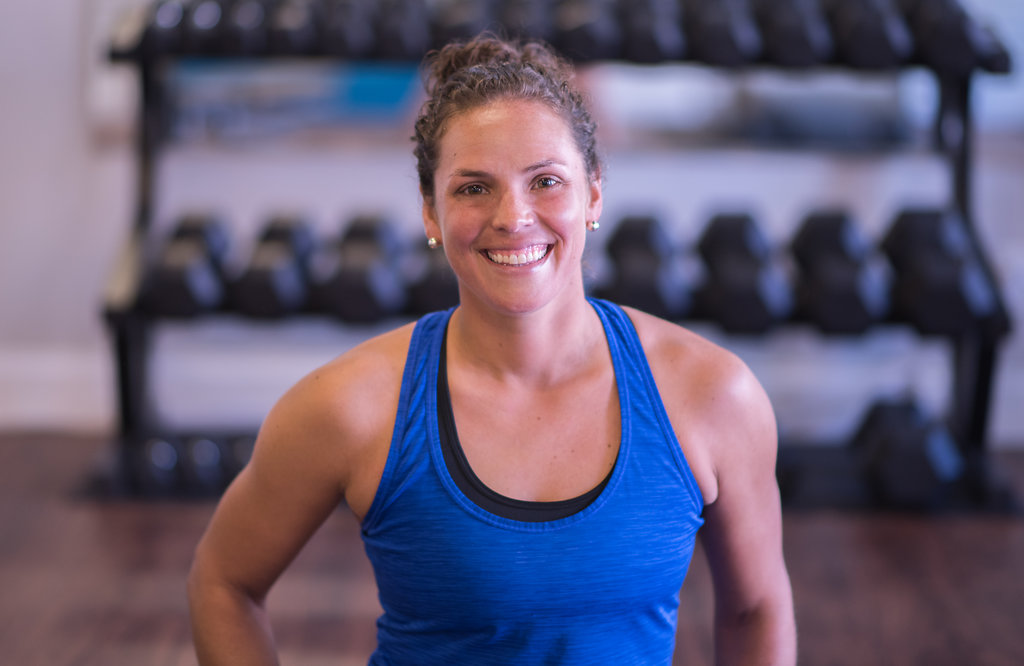In the 2021 Tokyo Olympics, four-time Olympic gold medalist, Simone Biles, decided to withdraw from the all-around team and individual finals for medical purposes.
She later spoke out about a common condition known to many gymnasts as the “twisties.”
This condition occurs when the mind and body become disconnected, ultimately posing a danger to the athlete. Simone later explained that sometimes, she can’t even fathom twisting in the air because “you cannot tell up from down”, “you have no control over your body”, and that “the scariest part is, you don’t even know how you’re going to land.”
This sort of mental block can result in serious injury if an athlete is not in the correct mindset to compete.
As a gymnast, Simone relies on her muscle memory, so if her mind is not in a confident, secure place, the results of competing have the potential to be very risky. This sort of mental block is seen in all athletes, yet sometimes, it is overlooked because of a desire for a certain outcome. Choosing her mental health over a possible result displays strength and courage because as an Olympic athlete, Simone is under immense pressure to succeed, yet she chose what she thought was the safest decision for her.
In order to create a culture of prioritizing good mental health, athletes must learn and practice good coping skills. Learning to win and lose at a young age can aid in giving you the experience you need to cope in a healthy, productive way.
Recently, I had the opportunity to talk with Ann Zaprazny, Owner of “Great Sports Minds” and Certified Mental Game Coach. Her goal is to help her clients succeed by teaching great mental health techniques that allow them to compete with better confidence.
The main obstacle associated with learning different mental health strategies is reversing your learning process. Typically, what student-athletes learn in their school day, they learn in the classroom. Conversely, when athletes are at practice for their sport, they jump right into the physical aspect of the game, but the mental aspect is often left behind.
Zaprazny states that one of the ways to handle pressure on and off the field is by taking what they learned from the field to the classroom. Zaprazny gives the example of “using your breath.” When warming up, standing on the sideline, or while playing, inhaling “calm” and exhaling “confidence” allows you to create the mindset of confidence before anything else.
Next, she stresses to “choose to be relentless in how you will play.” For example, if you miss the cage in an attempt to score, instead of giving up, follow the ball and get the rebound. Finally, translate these tactics and strategies into the classroom. When taking the SAT or ACT, use your breath and your words to say, “I am capable, I am present, and I will do my best.”
When adapting these skills, it is one thing to go through the motions, but to actively see them take effect has everything to do with your attitude. One of the things that she teaches is “ACE – Attitude, Communication, and Effort.”
Having the right attitude and approach to practicing mental health plays a significant role in the success of the athlete. If an athlete approaches these teachings with a closed mindset and a negative attitude, they are not likely to get the most out of these practices.

The main idea from my discussion with Zaprazny is that student-athletes need to learn to “recognize that your sport is what you do, not who you are.” Student-athletes are always under constant pressure to perform, get good grades, work hard, and be successful without any consideration of external, everyday factors in life.
Zaprazny’s philosophy teaches that you must “give yourself the grace to make mistakes.” For example, if you are playing in a college showcase, the coaches don’t care about the mistake you made, they care about the way that you react to that mistake. Reacting to mistakes calmly and approaching them as a learning opportunity can make all the difference to how an athlete reacts to mistakes outside of game time.
Taking the time to recognize and adapt these practices into an athlete’s routine can help them to have a more well-rounded understanding of their own minds, translating into a more confident, self-assured individual.
Mary Driscoll’s health and wellness column publishes every other Thursday.




